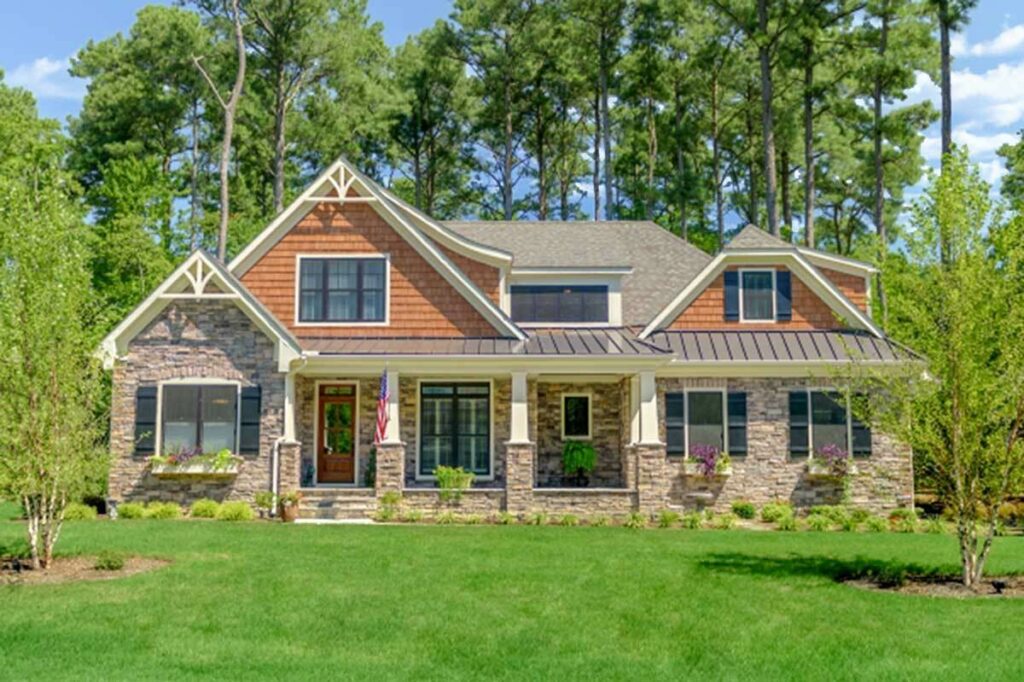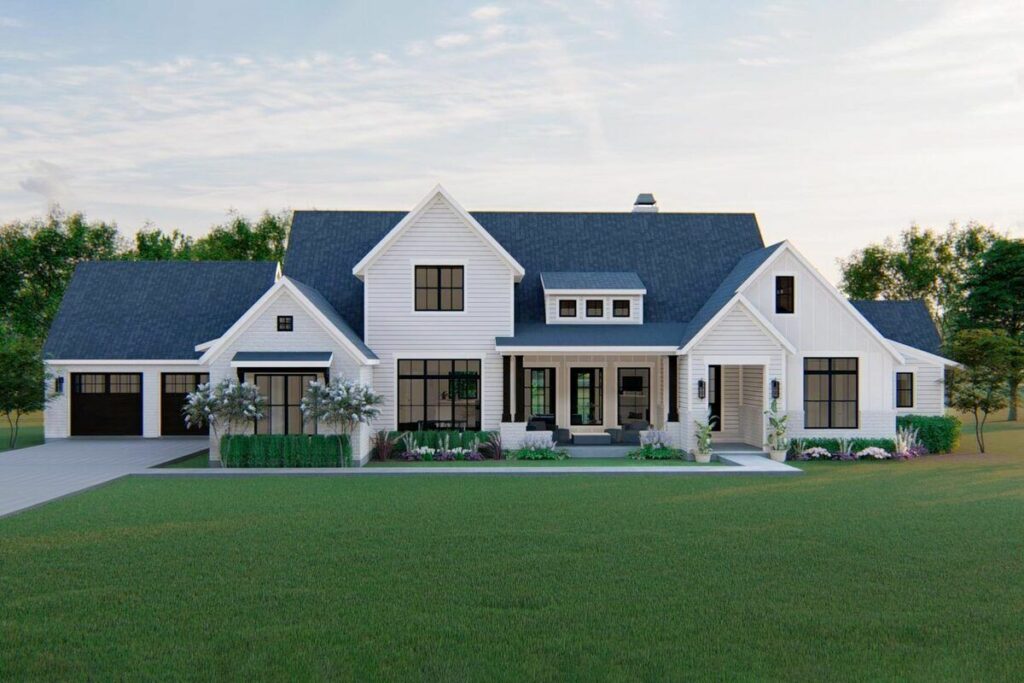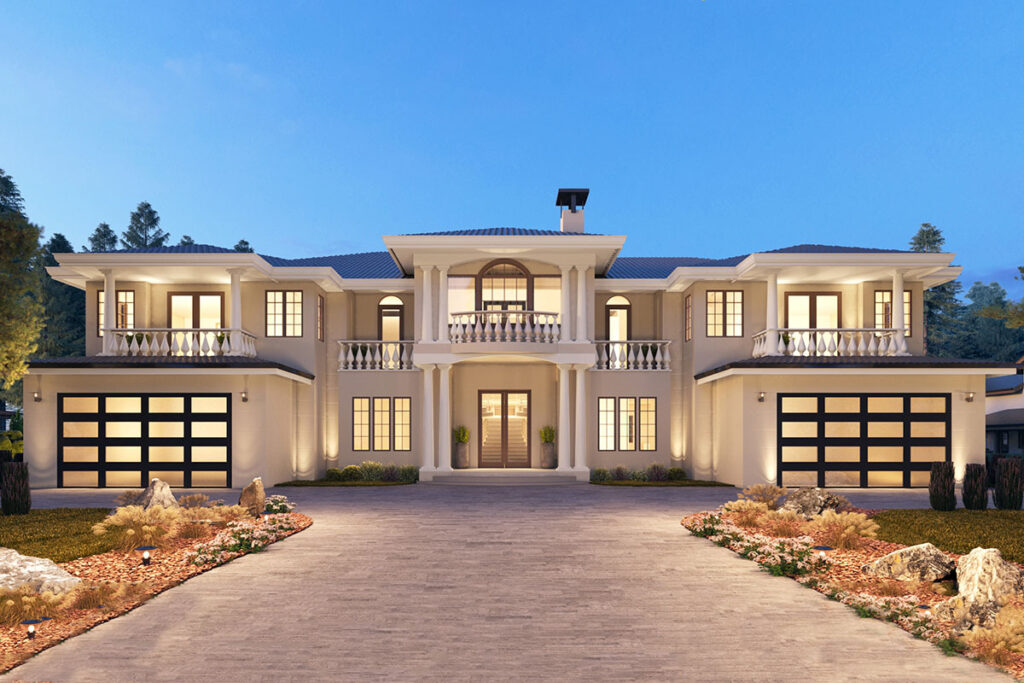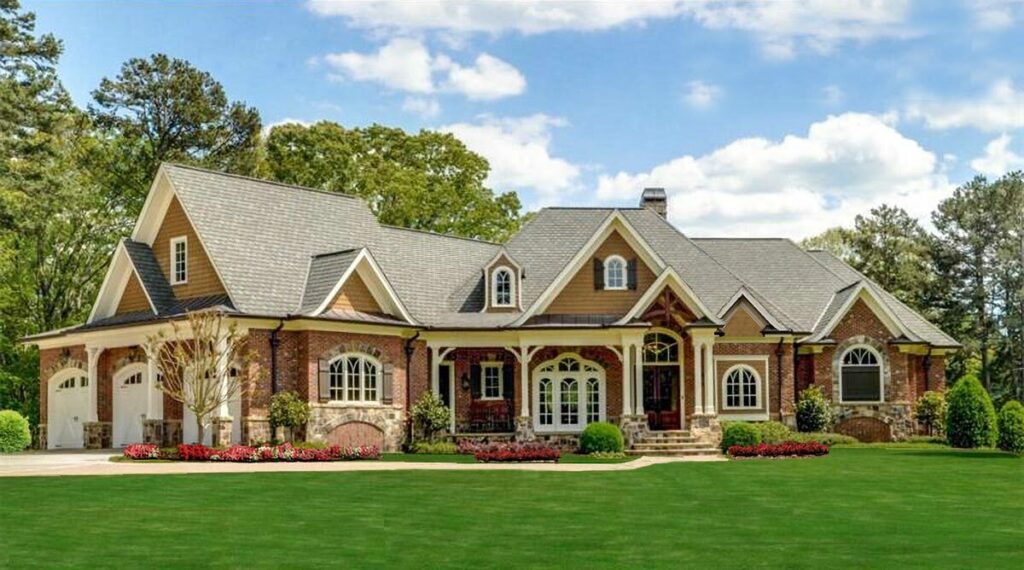How to Choose the Perfect Color Scheme for Your Home?
Choosing the right color scheme for your home is more than just picking your favorite colors.
It’s about creating a harmonious environment that reflects your personality and complements your lifestyle.
In this article, we’ll guide you through the process of selecting the perfect palette, ensuring your home is not only stylish but also a true reflection of you.
Know the Basics of Color Theory
Before diving into the endless sea of paint swatches, a quick refresher on color theory can be incredibly helpful.
The color wheel is your best friend here, showcasing the relationships between colors.
Primary colors (red, blue, and yellow) mix to create secondary colors (green, orange, and violet), which can then be combined to form tertiary colors.
This knowledge becomes practical when considering complementary (colors directly opposite each other on the wheel) and analogous (colors next to each other on the wheel) schemes.
Complementary colors offer a vibrant contrast, perfect for adding energy to a space, while analogous colors provide a more harmonious and calming environment.
Assess Your Space and Lighting
The amount of natural and artificial light a room receives dramatically affects how colors appear.
South-facing rooms enjoy warm light most of the day, making cooler tones appear brighter and warmer shades cozier.
North-facing rooms, however, receive less direct sunlight, so warm colors can help counteract the cool, sometimes gloomy light.
Ceiling height and room size also play into color choice; light colors can make small rooms feel larger and more open, while dark colors create a snug, intimate feel in larger spaces.
Choose a Color Scheme Based on Room Function
Matching Mood and Purpose
Each room in your home serves a different purpose and should evoke different emotions.
For example, bedrooms should be a haven for relaxation, calling for softer, cooler colors.
Living rooms and kitchens are more active spaces and can handle more vibrant colors.
Best Colors for Relaxing Spaces
In bedrooms and bathrooms, consider cool blues, gentle greens, or soft lavender tones to create a calming atmosphere.
These colors are known to have a soothing effect, making them perfect for spaces meant for relaxation.
Energetic Colors for Social Spaces
Living rooms and kitchens are areas of activity and socialization. Warm hues like reds, oranges, and yellows can stimulate conversation and create an inviting atmosphere.
However, be mindful of the intensity of these colors – too bright can be overwhelming.
Draw Inspiration from a Key Element
A great starting point for your color scheme can be a beloved piece of art, a cherished rug, or even a statement piece of furniture. These items can provide a ready-made palette to draw from.
The colors in that piece have already been harmonized by the artist or designer, so using them as a foundation for your color scheme can create a cohesive look throughout the space.
This approach not only simplifies the selection process but also ensures the final design will reflect your personal taste.
Experiment with Color Combinations
Monochromatic Schemes
A monochromatic color scheme uses different shades, tones, and tints of a single color. This approach is pleasing to the eye and can create a cohesive look.
It’s also an excellent way to play with textures and patterns without overwhelming a space.
Analogous Color Schemes
Analogous colors sit next to each other on the color wheel. Using these colors together creates a serene and comfortable design.
For instance, a combination of blues and greens in a bedroom can evoke a sense of tranquility.
Complementary and Triadic Schemes
For a more dynamic and vibrant look, consider complementary colors. A room with blue and orange accents can be lively yet balanced.
Triadic schemes, using three evenly spaced colors on the wheel, offer a rich and harmonious look.
This approach is bold and works well when one color dominates, and the other two act as accents.
Consider Transitional Spaces and Flow
The flow of color from one room to another plays a crucial role in creating a sense of unity throughout your home.
Transitional spaces, such as hallways and staircases, offer the perfect opportunity to introduce neutral shades that complement the main color schemes in adjacent rooms.
This doesn’t mean every room must be painted in the same color; rather, it’s about ensuring a seamless transition by selecting colors with similar undertones.
For instance, if your living room is a warm terra cotta, a hallway in a soft peach or beige can maintain the warm flow without sacrificing individual room character.
Sample and Test Your Colors
One of the most critical steps in choosing your color scheme is testing the colors in the intended space.
Paint swatches on large sections of the wall and observe how the color changes in different lighting conditions throughout the day.
The same color can appear dramatically different under the cool light of dawn, the bright light of noon, or the warm glow of evening lamps.
This step can prevent surprises and ensure you’re pleased with the final look under all conditions.
Incorporate Neutrals and Textures
While vibrant colors can add life and energy to a space, neutrals are essential for balance and versatility.
They can serve as a backdrop for your furniture and decor, allowing for easy changes to your color scheme with accessories and textiles.
Adding textures through materials such as wood, metal, fabric, and stone can also introduce depth and interest, preventing neutral spaces from feeling flat or monotonous.
Consider a room with soft grey walls, a textured stone fireplace, wooden furniture, and plush fabrics – it’s the interplay of textures that breathes life into the color scheme.
Personalize with Your Unique Style
Your home is a reflection of your personality, so it’s important that your color scheme represents what you love.
Whether it’s a bold accent wall in your favorite shade of blue or an eclectic mix of vintage pieces against a modern, monochromatic backdrop, personal touches make your space truly yours.
Don’t be afraid to experiment with patterns, artwork, and color combinations that speak to you.
Remember, the most important critic of your space is you; if you love it, then it’s perfect.
Seek Professional Advice When Needed
Despite the best planning, sometimes achieving the perfect color scheme can feel daunting.
This is where a professional interior designer can offer invaluable assistance.
They can provide a fresh perspective, suggest color combinations you might not have considered, and offer advice on how to balance colors, textures, and lighting to achieve the desired effect.
Most importantly, they can help you avoid costly mistakes and ensure that the end result is both beautiful and functional.
Choosing the perfect color scheme for your home is a journey of balancing art and science, personal taste and design principles.
By considering the flow of your space, testing colors thoroughly, balancing vibrant hues with neutrals, adding personal touches, and seeking professional advice when necessary, you can create a home that feels cohesive, comfortable, and unmistakably yours.
Remember, the goal is not just to follow trends but to create a space that resonates with your personal style and meets your daily needs.
With these guidelines, you’re well-equipped to select a color scheme that brings joy and harmony to your home.










